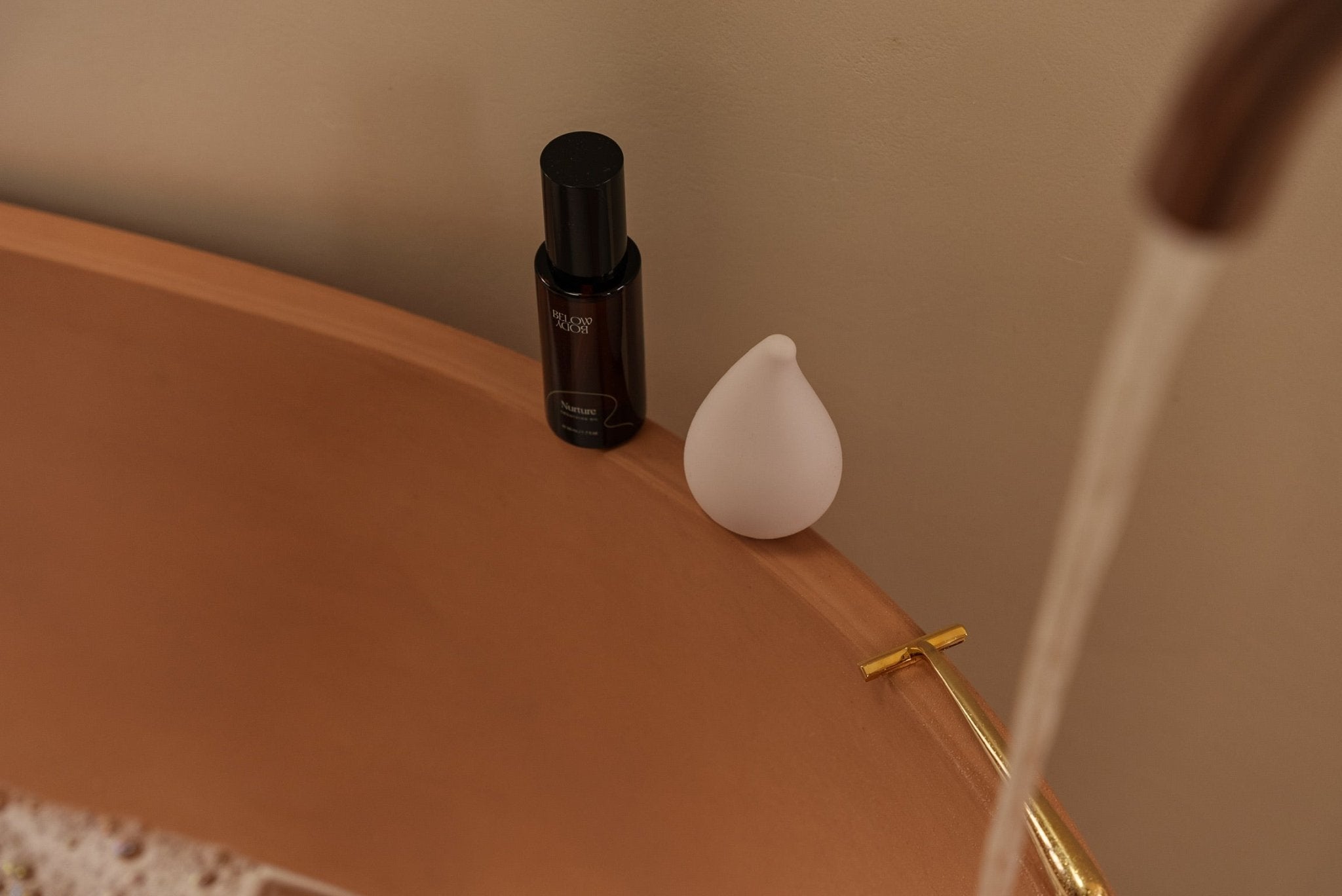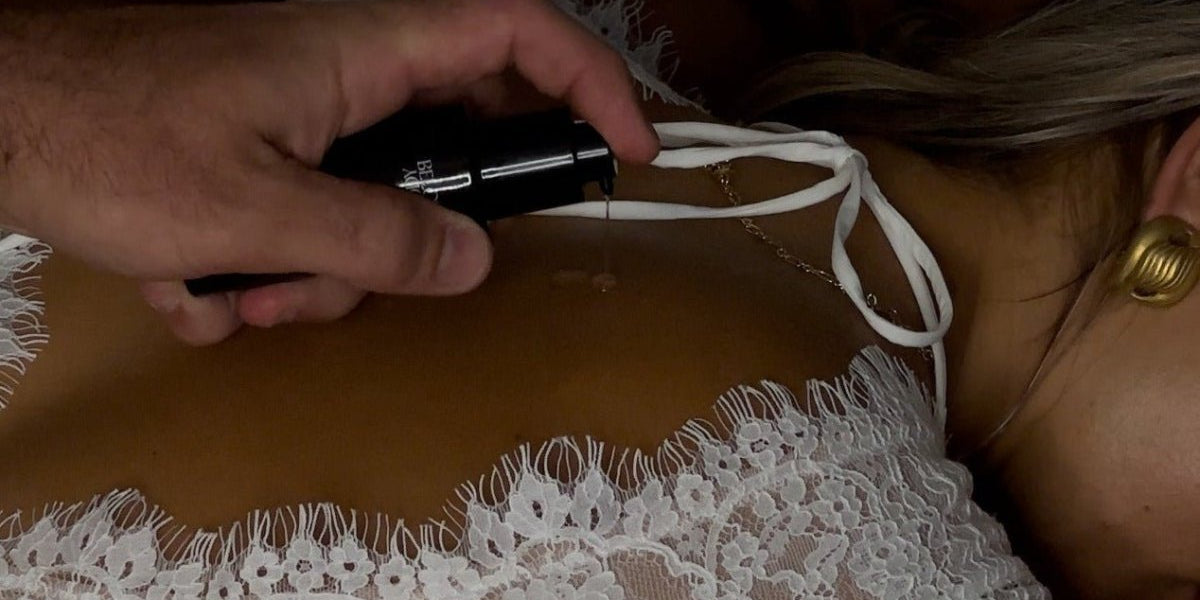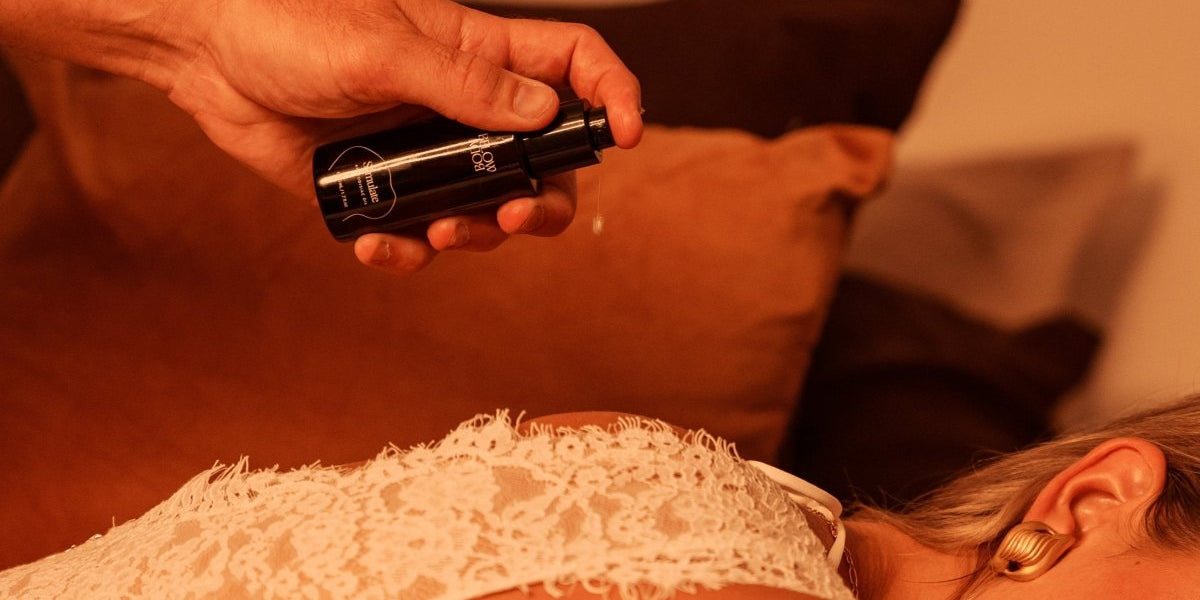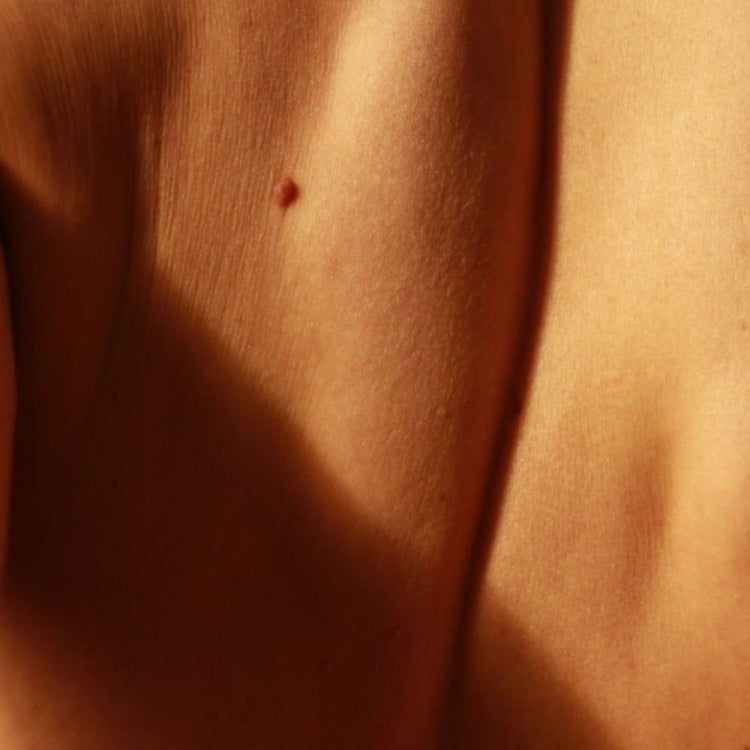Stop struggling with ingrown hair: The ultimate solutions for women

Did you know that ingrown hair is a common issue that affects many women? In fact, according to a survey by the American Academy of Dermatology, up to 80% of women who remove hair from their bodies experience ingrown hair at some point. And while it may not be a serious medical condition, ingrown hair can be a source of pain, discomfort, and embarrassment.
Ingrown hair can also be more common in certain areas of the body
Areas such as the bikini area or underarms. This is because these areas tend to have coarser hair and more friction from clothing or shaving, which can make it easier for hair to become ingrown. In addition, women with curly or thick hair may be more prone to ingrown hair, as the hair can easily become trapped beneath the skin.
Ingrown Hair solutions
But the good news is that there are solutions for preventing and treating ingrown hair. By exfoliating regularly and using a sharp razor when shaving, you can reduce your chances of developing ingrown hair. And if you do experience ingrown hair, using a warm compress and a specialised serum or cream can help to alleviate the pain and prevent future ingrown hair.
It's also important to note that ingrown hair can sometimes lead to infection if left untreated. According to the American Osteopathic College of Dermatology, symptoms of an infected ingrown hair can include redness, warmth, tenderness, and drainage of pus. In these cases, seeking medical attention is important to prevent the infection from spreading.
So, what can you do to protect yourself from the dangers of ingrown hair?
1. First and foremost, it's important to understand the root cause of ingrown hair.
Hair becomes ingrown when it grows back into the skin, rather than growing out of it. This can happen when hair is shaved too closely or when dead skin cells clog hair follicles. So, one effective way to prevent ingrown hair is to regularly exfoliate your skin to remove dead skin cells and unclog hair follicles.
2. Using a sharp razor
When shaving is also crucial in preventing ingrown hair. Dull razors can cause the hair to be cut at an angle, making it more likely to grow back into the skin. Shaving in the direction of hair growth can also reduce the likelihood of ingrown hair.
3. Prevention is not the only step you need to take. If you're already experiencing ingrown hair
It's important to take action to prevent further damage. Using a warm compress can help reduce inflammation and pain caused by ingrown hair. Additionally, using a specialised serum or cream that contains exfoliating ingredients, such as salicylic acid or glycolic acid, can help to unclog hair follicles and prevent future ingrown hair.
4. It's also important to wear loose clothing
After hair removal to reduce friction and irritation on the skin. Tight clothing can cause ingrown hair to become more inflamed and painful.
So if you're struggling with ingrown hair, know that you're not alone. Many women deal with this issue, but there are effective solutions available. By taking proactive steps to prevent ingrown hair and seeking treatment if necessary, you can enjoy smooth, beautiful skin without the pain and discomfort of ingrown hair.
FAQ’s
What is the best treatment for ingrown hair for women? The best treatment for ingrown hairs can vary depending on the individual and the severity of the ingrown hair. Common treatments include warm compresses, gentle exfoliation, over-the-counter creams containing salicylic acid or glycolic acid, and avoiding tight clothing that may irritate the area.
How can a woman prevent ingrown hairs? To prevent ingrown hairs, women can follow these tips:
-
Exfoliate the area regularly to remove dead skin cells.
-
Use a sharp, clean razor and shave in the direction of hair growth.
-
Use a moisturising shaving cream or gel.
-
Avoid shaving too closely.
-
Replace razor blades regularly.
-
Consider alternative hair removal methods, such as waxing, sugaring, or laser hair removal.
What is the best hair removal technique to prevent ingrown hairs? The best hair removal technique to prevent ingrown hairs depends on the individual. Some people find that waxing or sugaring results in fewer ingrown hairs, while others may prefer laser hair removal, which can reduce hair growth over time.
What truly product helps with ingrown hairs? Products containing salicylic acid, glycolic acid, or tea tree oil may help treat and prevent ingrown hairs by exfoliating the skin and reducing inflammation.
Why am I so prone to ingrown hairs? Some people may be more prone to ingrown hairs due to factors such as hair type (curly hair is more likely to become ingrown), skin type, and hair removal methods.
What causes excessive ingrown hairs? Excessive ingrown hairs can be caused by a combination of factors, including improper shaving techniques, tight clothing, lack of exfoliation, and certain skin conditions.
Who is more prone to ingrown hairs? People with curly hair, coarse hair, or those who shave frequently are more prone to ingrown hairs.
What shrinks ingrown hairs? Applying a warm compress to the area and using over-the-counter creams containing salicylic acid or glycolic acid can help shrink ingrown hairs and reduce inflammation.
How do you not get ingrown hairs again? To prevent ingrown hairs, follow proper shaving techniques, exfoliate regularly, and consider alternative hair removal methods if necessary.
How do you get rid of the worst ingrown hairs? For severe ingrown hairs, consult a dermatologist or healthcare professional for personalised advice and potential treatments, such as steroid creams or minor surgical procedures.
What tool digs out ingrown hair? It is not recommended to dig out ingrown hairs using tools, as this can cause irritation, scarring, or infection. Instead, use warm compresses and gentle exfoliation to encourage the hair to emerge naturally. If the problem persists, consult a dermatologist or healthcare professional.
For personalised advice or medical concerns, please consult a doctor or qualified healthcare provider.





